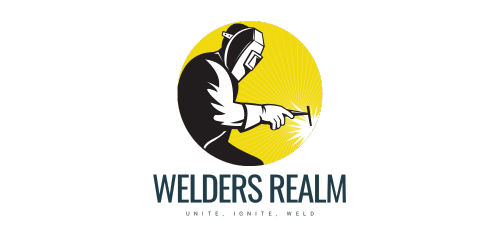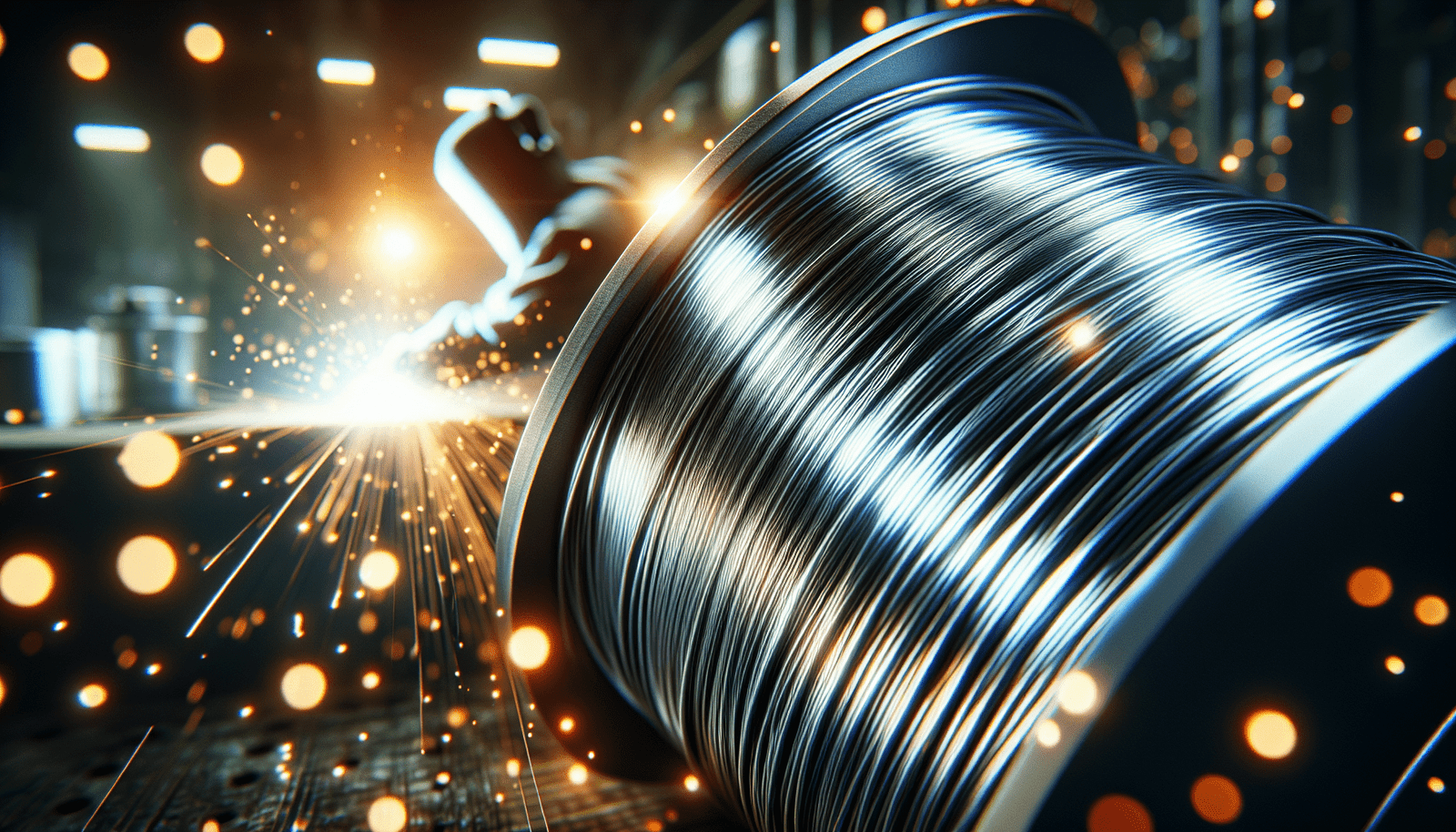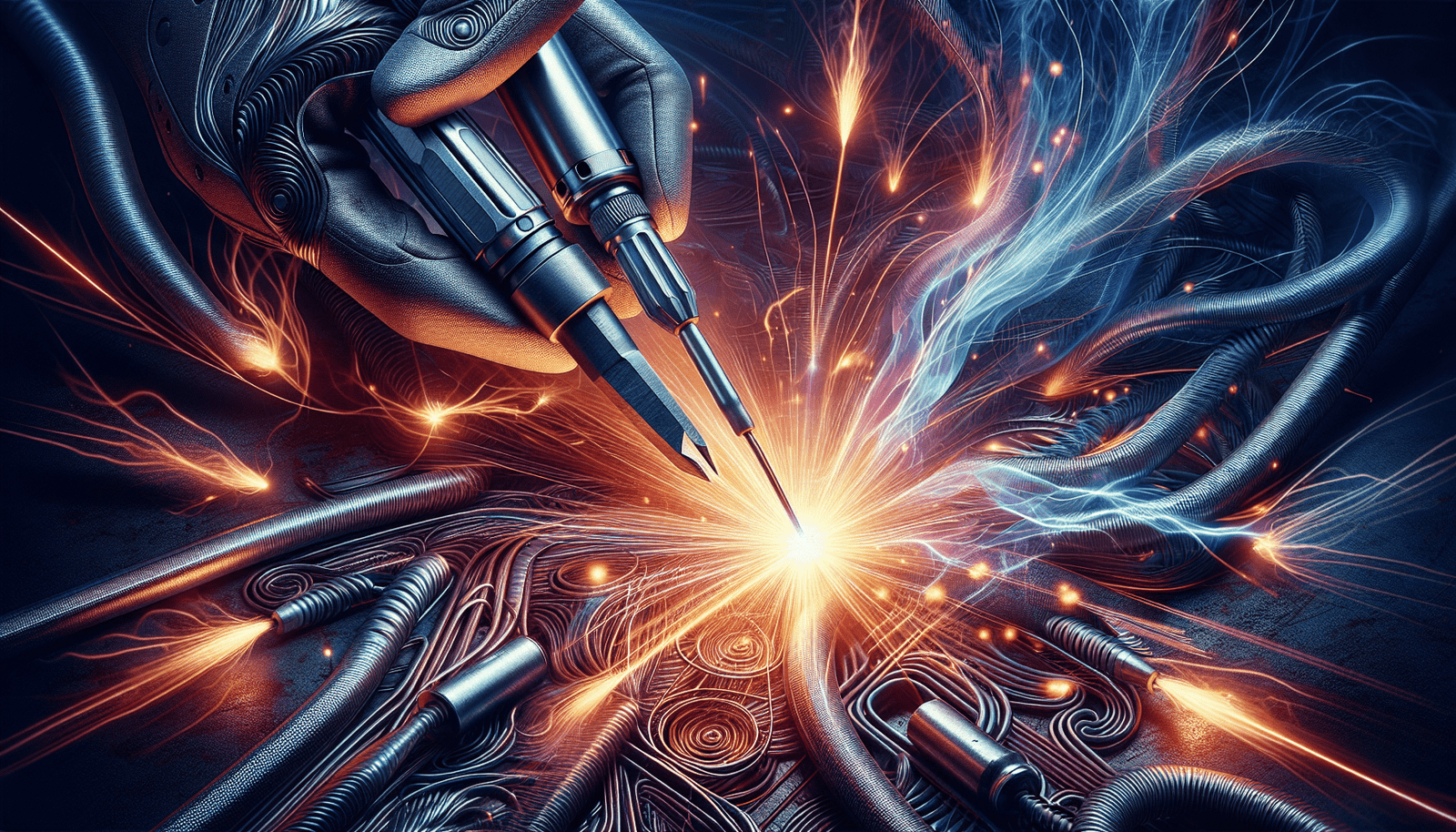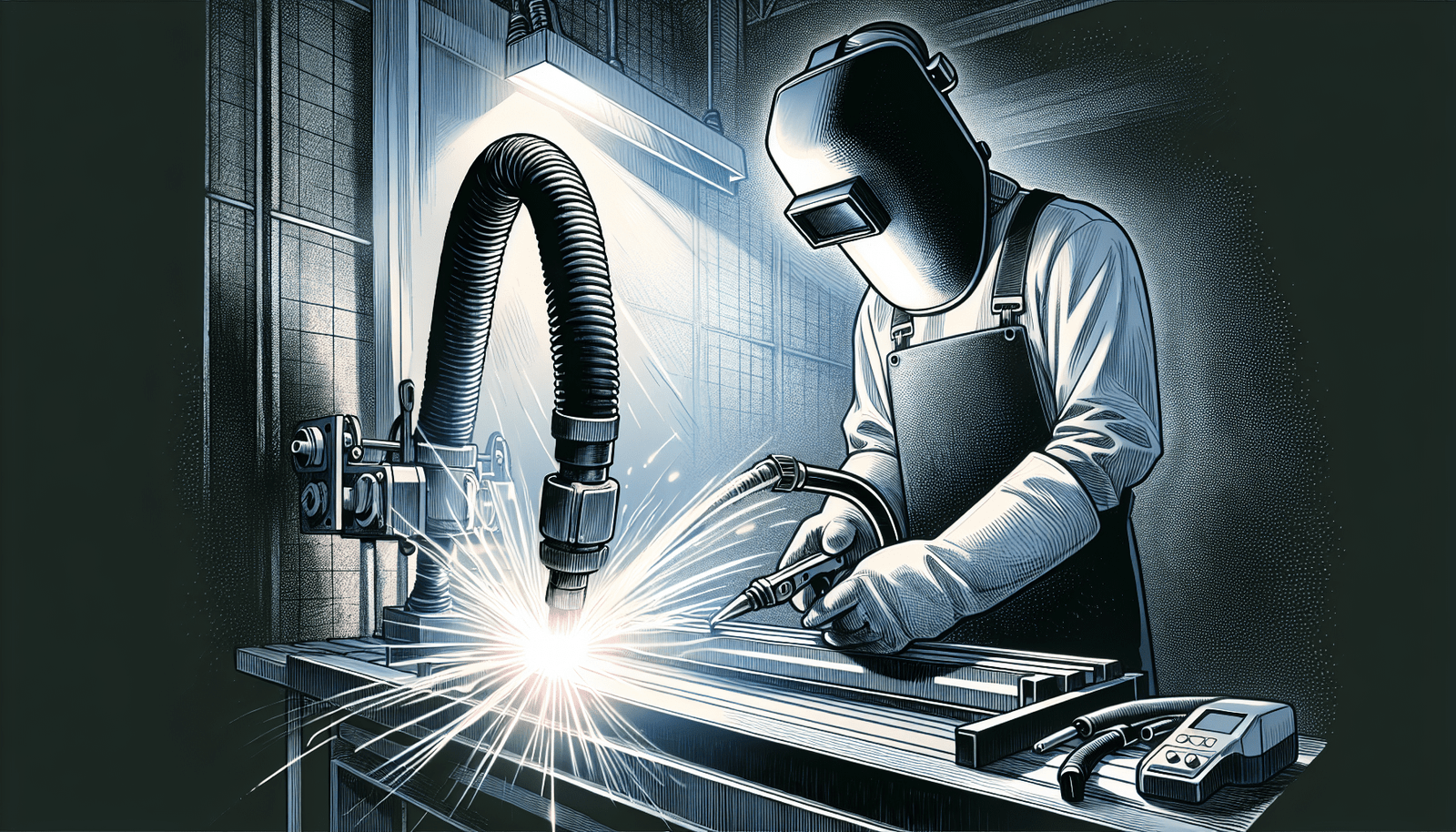Are you looking to improve your welding skills? Look no further! In this article, we will provide you with valuable tips on how to properly use welding consumables. Whether you’re a seasoned professional or just starting out, these tips will help you achieve better results in your welding projects. From choosing the right consumables to understanding their proper usage, we’ve got you covered. So, grab your welding helmet, put on your gloves, and let’s dive into the world of welding consumables!
Understanding Welding Consumables
Welding consumables are essential components in the welding process. They are materials that are used up during welding and play a crucial role in creating strong and durable welds. Understanding the different types of welding consumables and their roles and functions is key to achieving successful welding results.
Different types of Welding Consumables
There are various types of welding consumables available in the market. Some of the most commonly used ones include welding electrodes, welding wires, flux-cored wires, and shielding gases. Each type has its specific purpose and is suitable for different welding applications.
Welding electrodes, also known as welding rods, are used in shielded metal arc welding (SMAW) or stick welding. They provide the filler metal to create the weld joint and help in maintaining the desired arc stability.
Welding wires, on the other hand, are used in gas metal arc welding (GMAW) or MIG welding. These wires are continuously fed through a welding gun and provide the filler material necessary for creating strong welds.
Flux-cored wires, similar to welding wires, are used in flux-cored arc welding (FCAW). These wires have a flux core that releases shielding gases and flux during the welding process, improving the protection of the weld pool.
Shielding gases, such as argon, carbon dioxide, or a mixture of both, are used in gas tungsten arc welding (GTAW) or TIG welding. These gases create a protective atmosphere around the weld pool, preventing oxidation and ensuring high-quality welds.
Roles and functions of Welding Consumables
Welding consumables fulfill several important roles in the welding process. They act as a filler material, providing the necessary alloying elements to create strong welds. They also help in stabilizing the arc and controlling the heat input during welding.
Different types of welding consumables also have specific functions. For example, flux-cored wires not only provide the filler material but also release shielding gases and flux to protect the weld from atmospheric contamination. Shielding gases, on the other hand, create a protective shield around the weld pool, resulting in cleaner and stronger welds.
By understanding the roles and functions of welding consumables, you can choose the right type for your welding application and achieve optimal welding results.
Choosing the Right Welding Consumables
Selecting the appropriate welding consumables is crucial to ensure the success of your welding project. Consider the following factors when choosing welding consumables:
Factors to consider
Welding process: Different welding processes require specific welding consumables. For example, stick welding requires welding electrodes, while MIG welding requires welding wires. Understand the requirements of your welding process and choose consumables accordingly.
Base metal: The type and composition of the base metal being welded affect the choice of consumables. Match the consumables with the base metal to ensure compatibility and achieve strong and durable welds.
Welding position: Welding can be done in various positions, such as flat, horizontal, vertical, or overhead. Certain consumables are better suited for specific positions. Consider the welding position and choose consumables that offer good weld pool control and penetration for that position.
Welding parameters: Each welding consumable has its own set of recommended welding parameters, such as voltage, current, and wire feed speed. Ensure that the consumables you choose are compatible with your welding equipment and can operate within the desired welding parameters.
Matching consumables with welding procedures
Matching the right welding consumables with the welding procedures is essential for obtaining satisfactory results. Different welding procedures require specific consumables to achieve optimal performance.
For example, when performing structural welding, it is important to use consumables that meet the requirements of relevant welding codes and standards. These consumables ensure weld quality and integrity, ensuring the structural integrity of the finished product.
Similarly, when working with stainless steel or aluminum, using consumables specifically designed for these materials will ensure proper fusion and minimize the risk of defects.
By carefully considering the factors mentioned above and matching the consumables with the welding procedures, you can maximize the effectiveness and efficiency of your welding process.
Proper Storage of Welding Consumables
Proper storage of welding consumables is crucial to maintain their quality and effectiveness. Exposure to adverse conditions can lead to degradation and compromised performance of the consumables. Follow these guidelines for the ideal storage of welding consumables:
Ideal conditions for storage
Dry environment: Moisture is the number one enemy of welding consumables. Store them in a dry environment to prevent moisture absorption, which can lead to porosity and other defects in the welds. Consider investing in moisture-resistant storage containers or cabinets for optimum protection.
Temperature control: Extreme temperatures can also affect the performance of welding consumables. Store them in a temperature-controlled environment to prevent exposure to excessive heat or cold.
Protection from contamination: Make sure the storage area is free from dust, dirt, and other contaminants that can compromise the quality of the consumables. Store them in sealed containers or packages to prevent contamination.
Potential risks of improper storage
Improper storage of welding consumables can lead to various issues, including:
Moisture absorption: When exposed to high humidity or moisture, consumables such as welding electrodes and flux-cored wires can absorb moisture. This moisture can then cause porosity and other defects in the welds.
Contamination: Exposure to dust, dirt, oils, or other contaminants can result in poor weld quality. Contaminated consumables may lead to weld defects, decreased performance, and increased risk of failure.
Reduced shelf life: Over time, consumables stored in improper conditions may deteriorate and have a reduced shelf life. This can result in decreased weld quality and additional costs for replacing expired or compromised consumables.
By ensuring proper storage conditions for welding consumables, you can maintain their integrity and maximize their performance, resulting in high-quality welds.
Preparation Before Welding
Proper preparation before welding is essential for achieving successful welds. This includes checking the condition of consumables and preparing the welding equipment.
Checking the condition of consumables
Before starting any welding project, inspect the condition of the welding consumables. Look for any signs of damage, such as bent or damaged welding electrodes, rusted welding wires, or damaged flux-cored wires.
Using damaged consumables can lead to poor weld quality and increased risk of defects. Replace any damaged or worn-out consumables before beginning the welding process.
Preparing the welding equipment
In addition to checking the consumables, it is important to prepare the welding equipment. Ensure that the welding machine is in good working condition and properly calibrated. Check the wire feed system, gas flow, and other components to ensure they are functioning correctly.
Clean and maintain the contact tips, nozzles, and other consumables in the welding gun to prevent blockages or erratic wire feed. Properly set the welding parameters, including voltage and wire feed speed, based on the welding procedure and the type of consumables being used.
Taking the time to prepare the consumables and equipment before welding will help ensure a smooth and successful welding process.
Correct Installation of Consumables
Proper installation of welding consumables is essential for achieving optimal welding results. Follow these steps to ensure correct installation:
Steps to follow
Welding electrodes: For stick welding, correctly install the welding electrode into the electrode holder. Ensure that the electrode is securely tightened and positioned correctly, with the appropriate extension protruding from the electrode holder.
Welding wires: For MIG welding, properly feed the welding wire through the wire feeding mechanism. Make sure the wire spool is securely placed and rotates freely. Thread the wire through the contact tip, ensuring it passes smoothly without obstructions.
Flux-cored wires: When using flux-cored wires, follow the manufacturer’s instructions for installation. Ensure that the wire is properly fed through the wire feeding mechanism and meets the recommended wire stickout length.
Shielding gases: When using shielding gases, ensure that the gas cylinder is securely fastened and properly connected to the welding machine. Check for any leaks or obstructions in the gas flow before initiating the welding process.
Common installation errors to avoid
Improper installation of consumables can lead to welding defects and poor weld quality. Avoid the following common installation errors:
Incorrect electrode positioning: Improper positioning of the welding electrode can result in inconsistent arc stability and difficulty in controlling the weld pool. Follow the recommended electrode extension and angle for the specific welding procedure.
Improper wire feeding: In MIG welding, incorrect wire feeding can cause wire feeding issues, such as erratic feeding or wire jams. Ensure that the wire is properly threaded through the contact tip and the wire feeding mechanism.
Incorrect gas flow: When using shielding gases, ensure that the gas flow rate is adjusted according to the welding procedure and the recommended flow rate specified by the manufacturer. Insufficient gas flow can lead to weld contamination and decreased weld quality.
By following the correct installation procedures and avoiding common errors, you can achieve proper consumable installation and enhance the quality of your welds.
Maintaining Cleanliness of Welding Consumables
Maintaining cleanliness of welding consumables is vital for achieving high-quality welds. Contamination on the consumables can lead to weld defects and compromised weld integrity. Consider the following techniques for cleaning consumables:
Importance of cleanliness
Clean welding consumables are essential to prevent contamination of the weld pool. Any dirt, grease, oil, or other contaminants on the consumables can transfer to the weld and result in defects, such as porosity or lack of fusion.
By ensuring the cleanliness of the consumables, you minimize the chances of weld defects and achieve stronger and more durable welds.
Techniques for cleaning consumables
Welding electrodes: Clean the welding electrodes before each use by gently brushing off any dirt or residue. Avoid using excessive force or abrasive materials that may damage the electrode coating.
Welding wires: Clean the welding wires by wiping them with a clean cloth or using a wire cleaning brush. Remove any dirt or debris that may be present on the wire surface.
Flux-cored wires: Flux-cored wires are self-shielded and do not require cleaning. However, it is important to keep the wire spool and feeding mechanism clean to prevent contamination.
Shielding gases: Shielding gases do not require cleaning. However, it is important to ensure that the gas lines and connections are clean and free from any debris or obstructions.
By implementing these cleaning techniques and maintaining the cleanliness of welding consumables, you can minimize the risk of contamination and achieve high-quality welds.
Monitoring Welding Consumables for Wear and Tear
Monitoring welding consumables for wear and tear is crucial to ensure the quality and effectiveness of the welds. Consumables that are worn out or damaged can lead to poor weld quality and increased risk of defects. Look out for the following signs of wear and tear:
Signs of wear and tear
Welding electrodes: Check for signs of excessive wear on the electrode coating, such as cracks, chips, or uneven coating thickness. Worn-out electrodes may not provide the desired arc stability and can result in poor weld quality.
Welding wires: Inspect the welding wire for signs of excessive wear or damage, such as kinks, bends, or excessive rust. Worn-out wires may affect the wire feeding process and result in inconsistent welds.
Flux-cored wires: Check for any signs of damage or degradation in the flux core, such as cracks or crumbling. Damaged flux-cored wires may not release shielding gases and flux effectively, compromising weld quality.
Shielding gases: Monitor the gas cylinders for any signs of leaks or damage. Leakage can result in inadequate shielding and increased risk of weld contamination.
Replacing worn out consumables
When you notice any signs of wear and tear on the welding consumables, it is important to replace them promptly. Continuing to use worn-out consumables can lead to poor weld quality, increased risk of defects, and compromised weld integrity.
Regularly inspect your welding consumables and have a supply of spare ones readily available. By promptly replacing worn-out consumables, you can maintain the quality and effectiveness of your welds.
Safe Handling of Welding Consumables
Safety should be a top priority when handling welding consumables. Follow these guidelines to ensure the safe handling of welding consumables:
Safety guidelines to follow
Personal protective equipment (PPE): Always wear appropriate PPE, including safety glasses, welding gloves, and protective clothing, when handling welding consumables. PPE provides protection against potential hazards, such as sparks, UV radiation, and fumes.
Proper storage and transportation: Store welding consumables in designated storage areas away from flammable materials and potential sources of ignition. When transporting consumables, use suitable containers and ensure they are properly secured to prevent spillage or damage.
Handling electrodes: When handling welding electrodes, avoid touching the metal end or the electrode coating with bare hands. Use appropriate tools, such as electrode holders, to prevent burns or electric shock.
Gas cylinder safety: When handling shielding gas cylinders, ensure proper handling techniques and secure them in an upright position. Follow the guidelines provided by the gas supplier and use appropriate regulators and pressure gauges.
Dealing with emergencies
In the event of an emergency, such as a fire or gas leak, follow these steps:
Fire: If a fire occurs, immediately extinguish it using appropriate fire-fighting equipment, such as fire extinguishers or fire blankets. Alert others in the vicinity and evacuate the area if necessary.
Gas leak: If a gas leak is detected, immediately shut off the gas supply and evacuate the area. Avoid creating sparks or flames that may ignite the leaked gas. Ventilate the area and seek professional assistance to rectify the leak.
By following these safety guidelines and knowing how to handle emergencies, you can ensure the safe handling of welding consumables and minimize the risk of accidents or injuries.
Maximizing the Efficiency of Welding Consumables
Maximizing the efficiency of welding consumables can help save time, reduce costs, and improve welding productivity. Consider the following tips to increase the efficiency of your welding consumables:
Tips for increasing efficiency
Proper parameter settings: Set the welding parameters, such as voltage, current, and wire feed speed, correctly according to the welding procedure and the type of consumables being used. An incorrect parameter setting can result in inefficient welds and increased consumable usage.
Welding technique: Use the appropriate welding technique based on the welding procedure and position. A proper welding technique can maximize consumable efficiency and help achieve consistent and high-quality welds.
Consumable selection: Choose the appropriate type and size of consumables for the specific welding application. Using consumables that are properly matched with the welding requirements minimizes waste and optimizes consumable usage.
Pre-welding preparation: Ensure that the welding surface is clean and properly prepared before welding. A clean surface reduces the risk of contaminants interfering with the welding process, thus optimizing consumable efficiency.
Common mistakes that limit efficiency
To maximize the efficiency of welding consumables, avoid the following common mistakes:
Incorrect parameter settings: Using incorrect welding parameters can result in excessive consumable usage, poor weld quality, and increased costs. Take the time to properly set the parameters based on the specific welding requirements.
Improper welding technique: Incorrect welding techniques, such as improper travel speed or inconsistent arc length, can lead to consumable waste and inefficient welds. Practice and master the appropriate welding techniques for the desired weld quality and efficiency.
Neglecting pre-welding preparation: Inadequate cleaning or preparation of the welding surface can lead to contamination, poor fusion, and increased consumable usage. Dedicate sufficient time and effort to prepare the welding surface properly.
By implementing these efficiency tips and avoiding common mistakes, you can maximize the effectiveness and productivity of your welding consumables.
The Importance of Continuous Learning and Training
Continuous learning and training regarding welding consumables are essential to stay updated with the latest techniques and advancements in the industry. Ongoing education can significantly improve your welding skills and knowledge. Consider the following ways to enhance your understanding of welding consumables:
Ongoing education about welding consumables
Training programs: Attend welding training programs or workshops that specifically focus on welding consumables. These programs provide detailed information on the selection, handling, and usage of different types of consumables.
Certification courses: Pursue welding certification courses that cover various aspects of welding, including welding consumables. Certification programs not only enhance your knowledge but also provide industry-recognized credentials.
Industry seminars and conferences: Attend industry seminars and conferences related to welding and welding consumables. These events offer opportunities to learn from industry experts, gain insights into the latest developments, and network with peers.
Utilizing online resources and training programs
The internet provides a wealth of resources for learning about welding consumables. Take advantage of online articles, tutorials, and videos that cover a wide range of topics related to welding consumables. Many reputable welding equipment manufacturers and industry associations offer online training programs and resources.
Engage in online forums and communities where professionals and enthusiasts share their experiences and knowledge about welding consumables. Participating in discussions and asking questions can provide valuable insights and help broaden your understanding.
Continuous learning and training not only ensure that you stay up to date with the latest advancements but also enhance your expertise and proficiency in welding consumables.
In conclusion, understanding welding consumables is crucial for achieving successful welding results. By knowing the different types of consumables, their roles and functions, and how to choose, store, and handle them correctly, you can optimize the welding process and achieve high-quality welds.
Ensuring proper installation, cleanliness, and maintenance of welding consumables, as well as monitoring for wear and tear, can further enhance the quality and efficiency of your welds.
Remember to prioritize safety and follow the recommended guidelines when handling welding consumables. Lastly, continuous learning and training are essential for staying updated and improving your knowledge and skills in using welding consumables.




